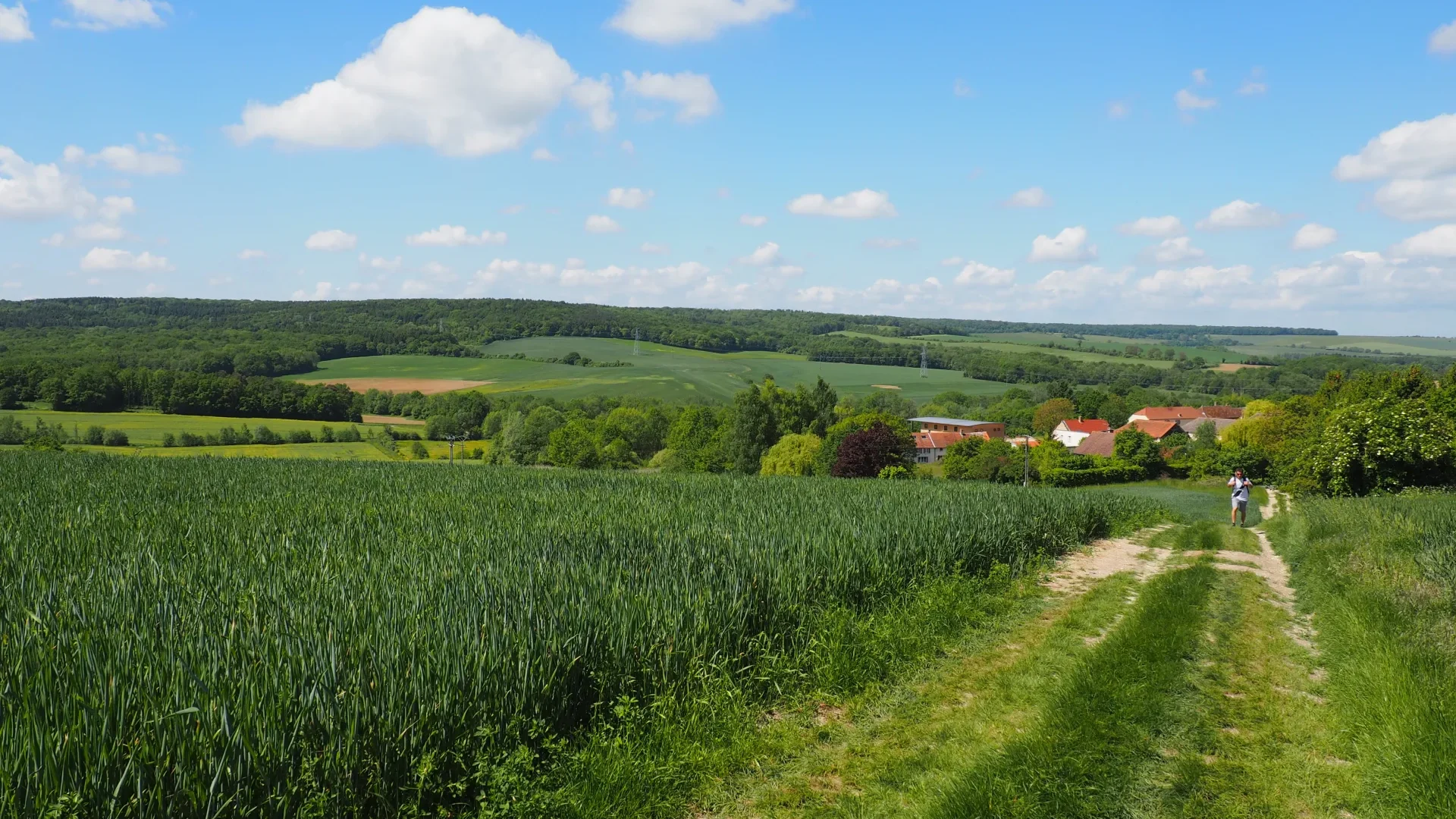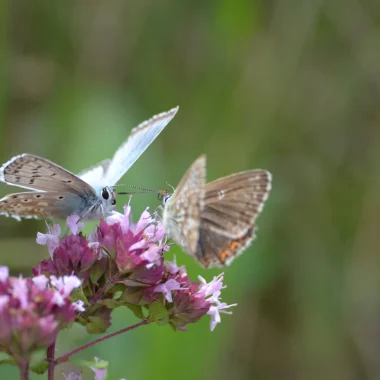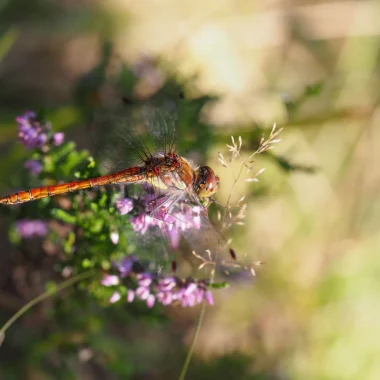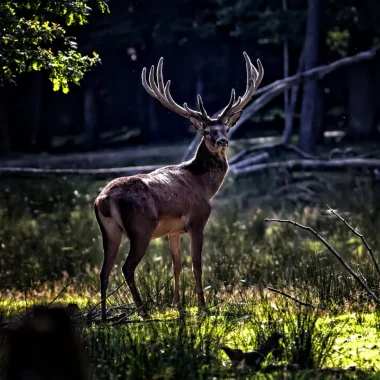Don't be fooled by their colors: the green, blue and black frames have nothing to do with the ski slopes of the same name! These different frameworks allow us to have a global vision of the spaces where biodiversity concentrates, lives and moves. Once we know these ecological networks, we can then preserve and restore the species they shelter, the functioning of their ecosystems and the services they provide to humans (pollination, water purification, fight against erosion, etc.). Ready to explore them? Let's go !
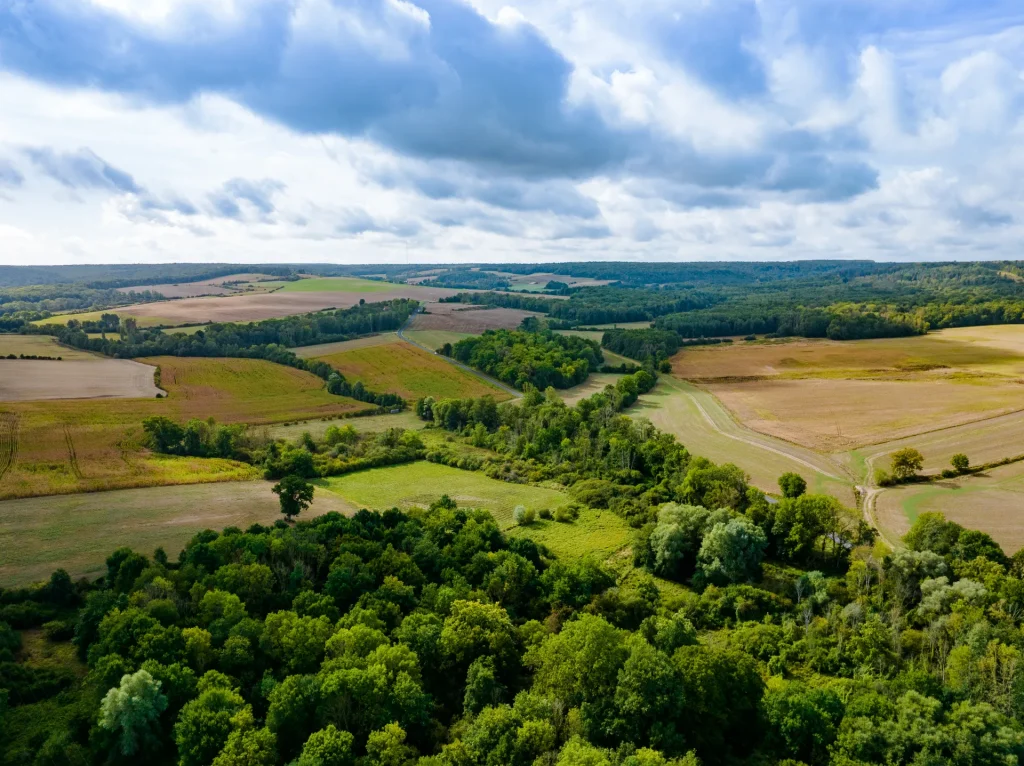
What if we started with some useful definitions?
The green and blue frame
It designates an ecological network where all the connections between the natural environments of a territory (forests, meadows, ponds, etc.) promotes the life cycle and journeys of animals and plants. A concrete example ? By connecting two wooded areas, a hedge protects a mammal from its predators when it moves, while providing it with food. On the territory of the Park, the green and blue network is declined in subframes more specific :
- That of wooded environments and that of open environments for the green frame
- Those of aquatic environments and that of wetlands for the blue frame.
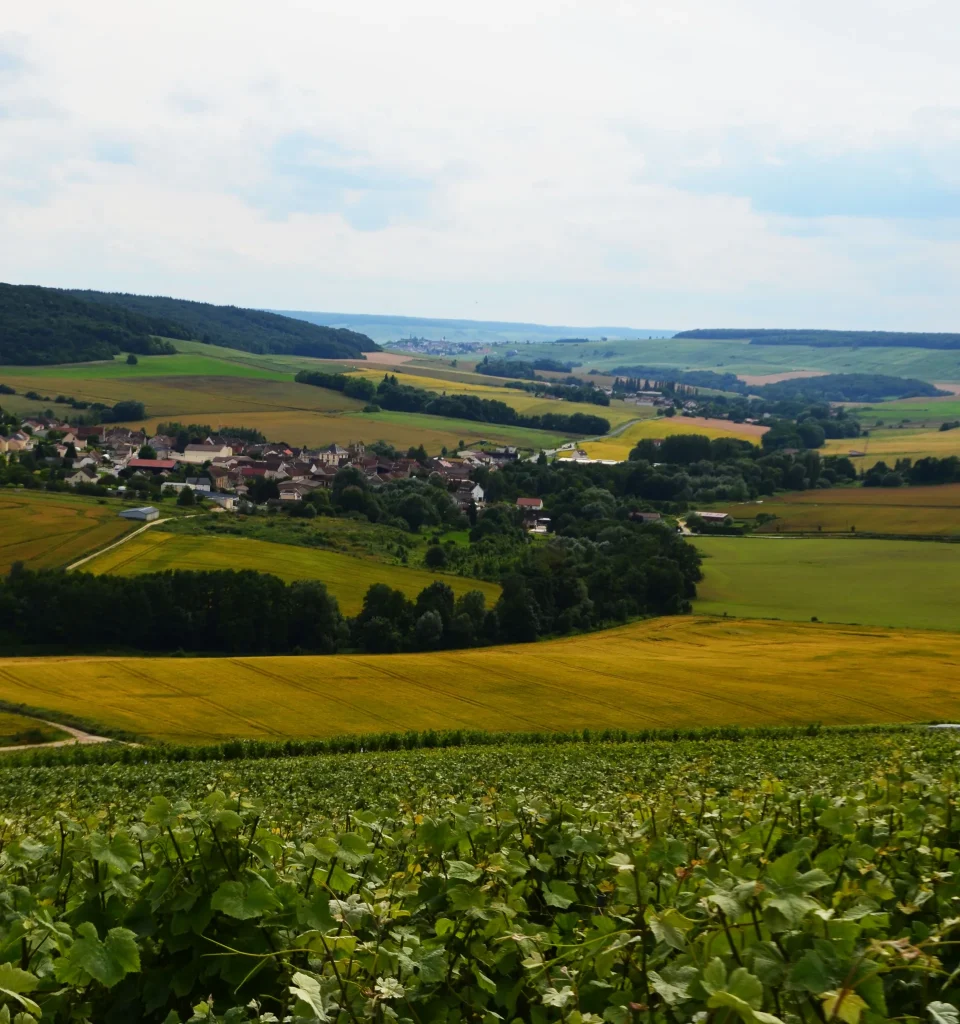
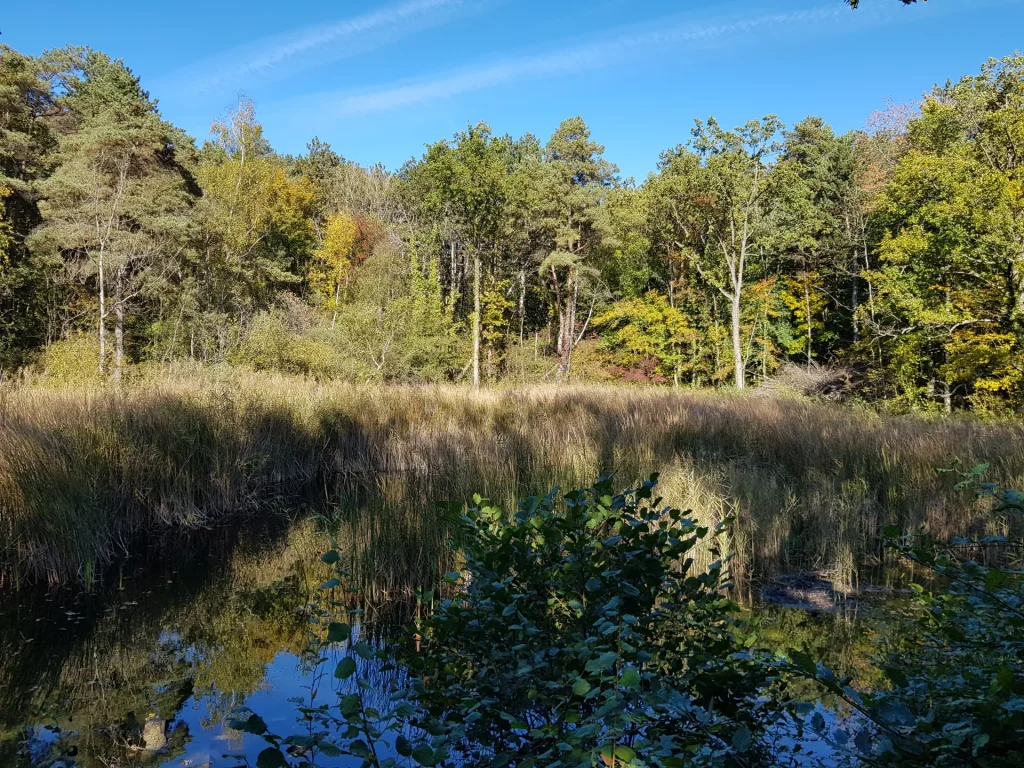
The black frame
It represents environments favorable to nightlife, that is to say spaces spared from light pollution. For this framework to be effective and efficient, it must be considered on the scale of a coherent territory. This is why it constitutes a major issue for land use planning, the preservation of biodiversity and energy saving.
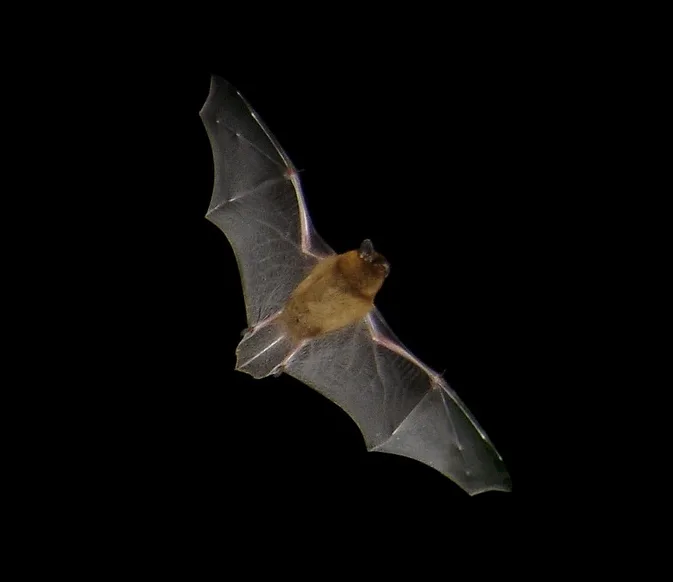
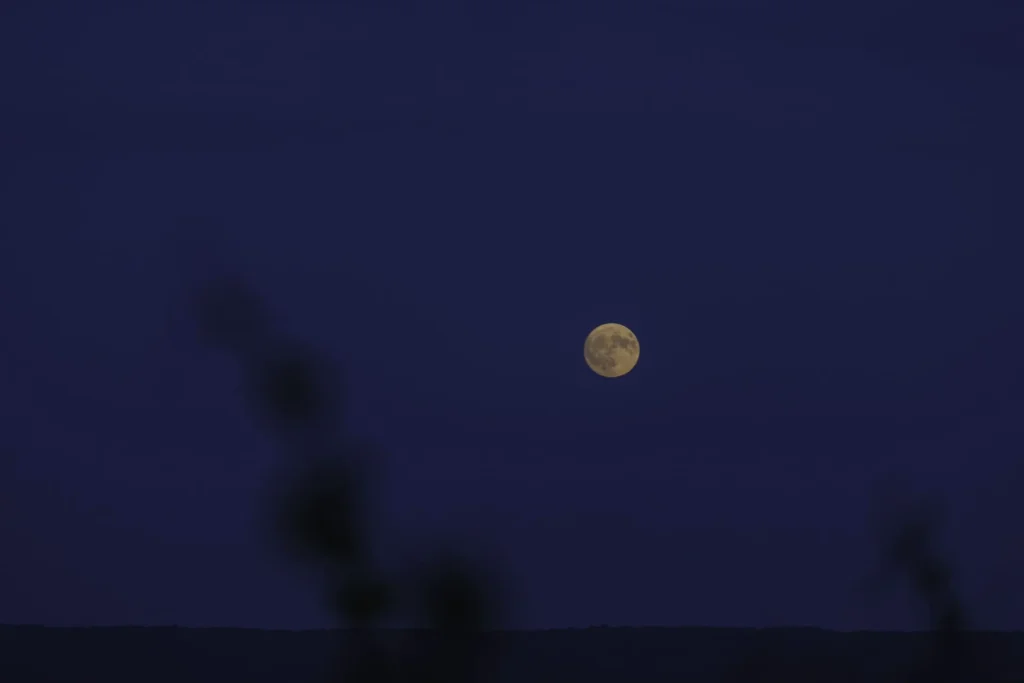
Reservoirs and ecological corridors
This network of green, blue and black frames therefore makes it possible to visualize ecological continuities, by combining biodiversity reservoirs and the ecological corridors that connect them.
What is'a reservoir of biodiversity ? It is a space where biodiversity is the richest (or at least the best represented). This can be rare or common, threatened or not. In this reservoir, species have the opportunity to carry out a large part or all of their life cycle (feeding, reproducing, resting). Natural habitats are large enough to guarantee their functioning: they contain population centers from which their individuals can disperse, or they have the capacity to accommodate new populations.
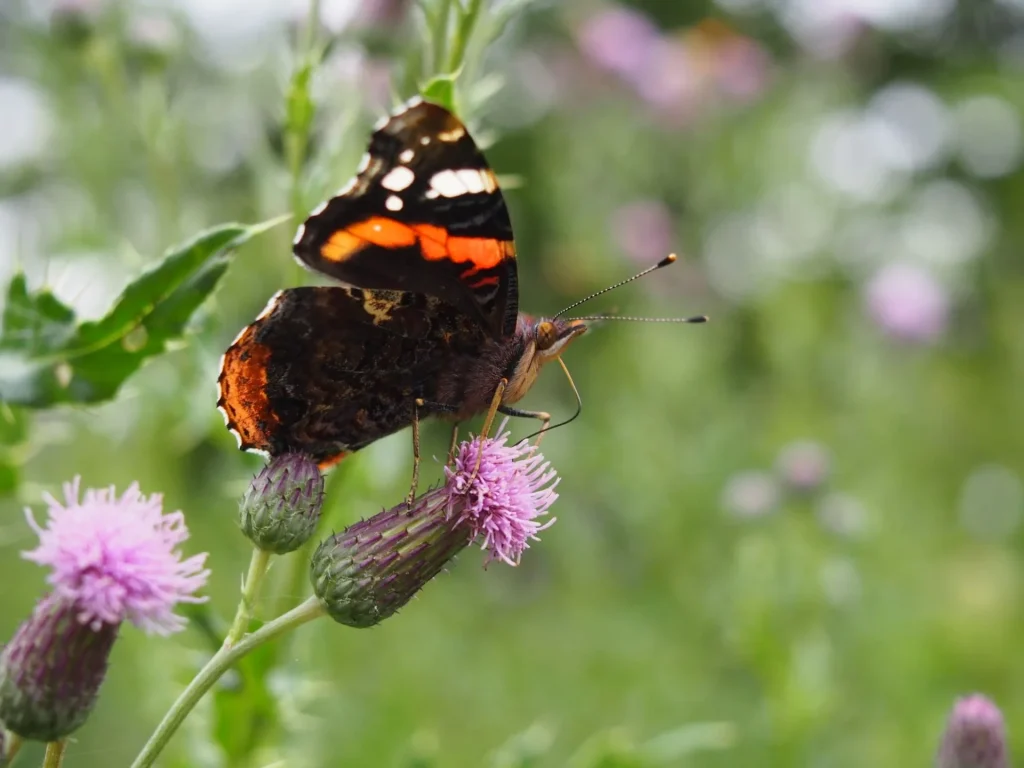
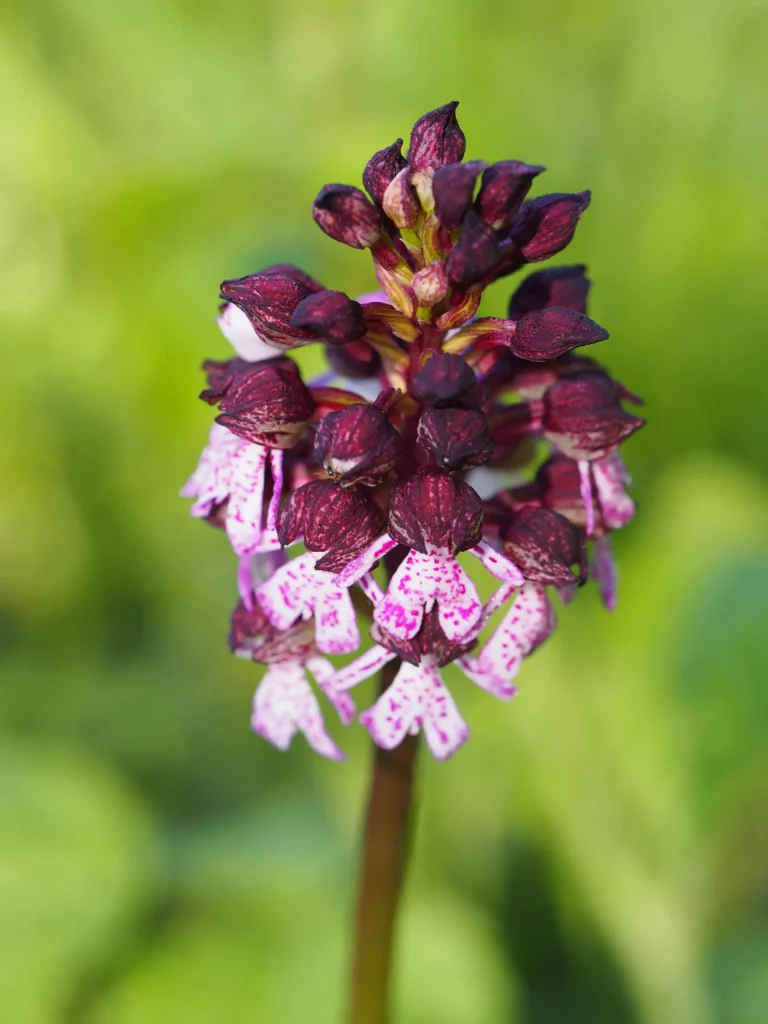
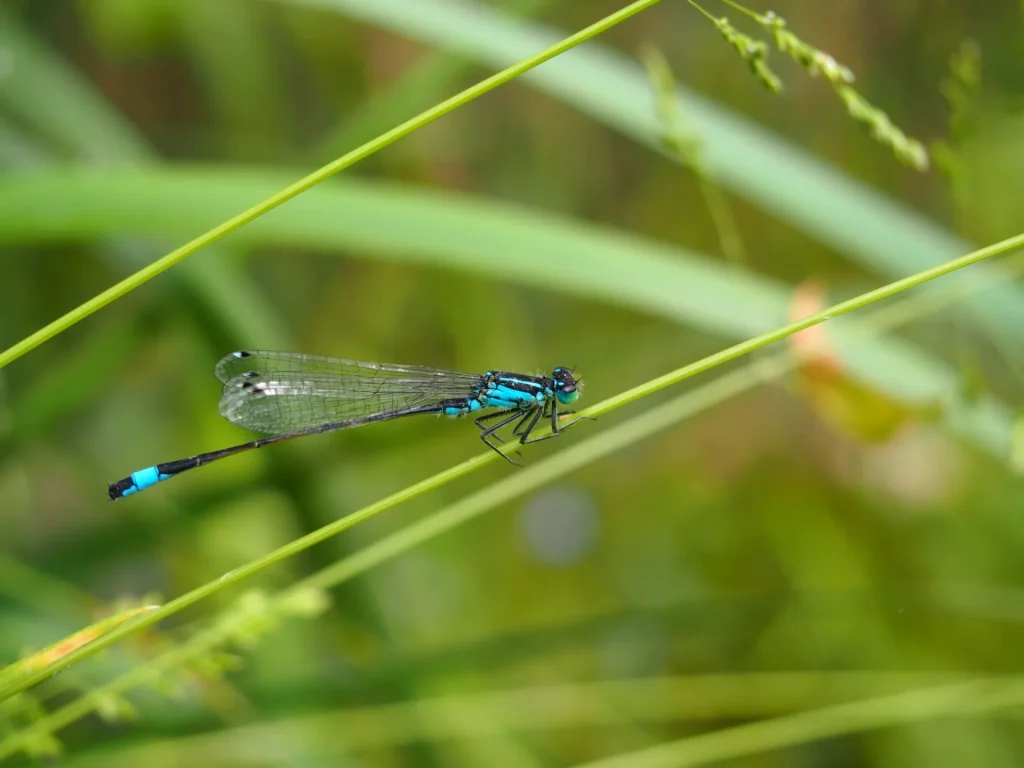
On their side, biodiversity corridors provide connections from one reservoir of biodiversity to another: in this way, species can move or complete at least part of their life cycle. Functional ecological corridors are essential for the adaptation of species to climate change: they will thus be able to disperse and find new, more suitable habitats in which to settle!
The frames on the territory of the Park
Since 2013, the Park has been working on these different frameworks. He thus finalized a ecological diagnosis of the Montagne de Reims in 2015, making it possible to identify the entire green and blue network of the territory. Following this assessment, he was able to carry first two action plans : one from 2016 to 2020, the second from 2020 to 2022.
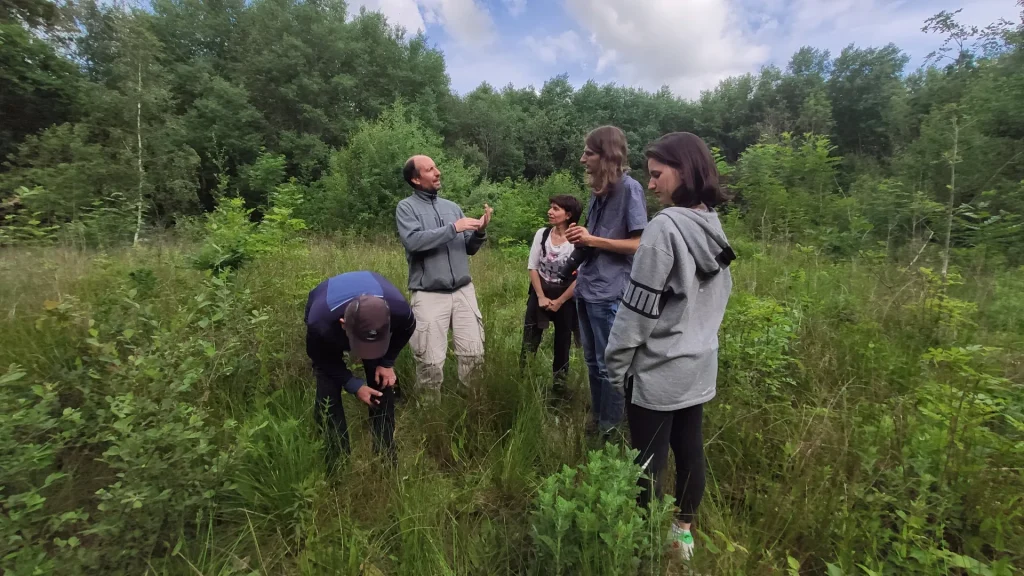
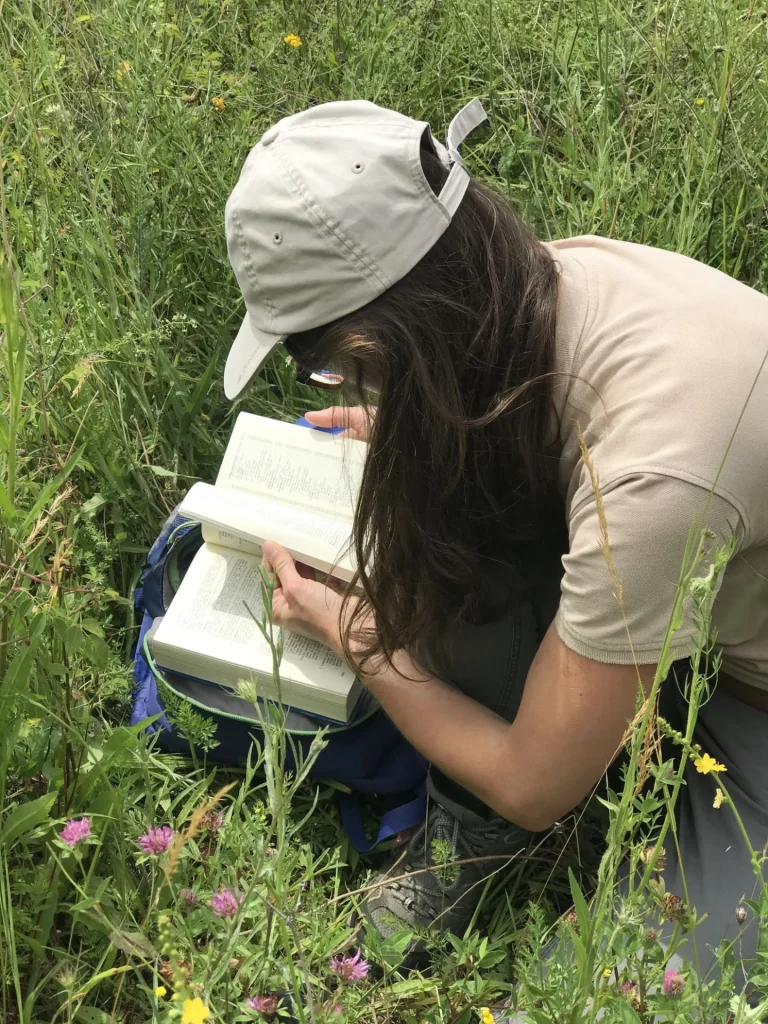
His third, the Green and Blue Network action plan 2023-2025, is in progress ! Numerous areas of work are being developed to preserve and restore the various reservoirs and ecological corridors of the green, blue and black networks. The objective? Take them into account in the use and development of the Montagne de Reims territory. With its partners, the Park is committed to fighting against the loss of biodiversity!
The green frame
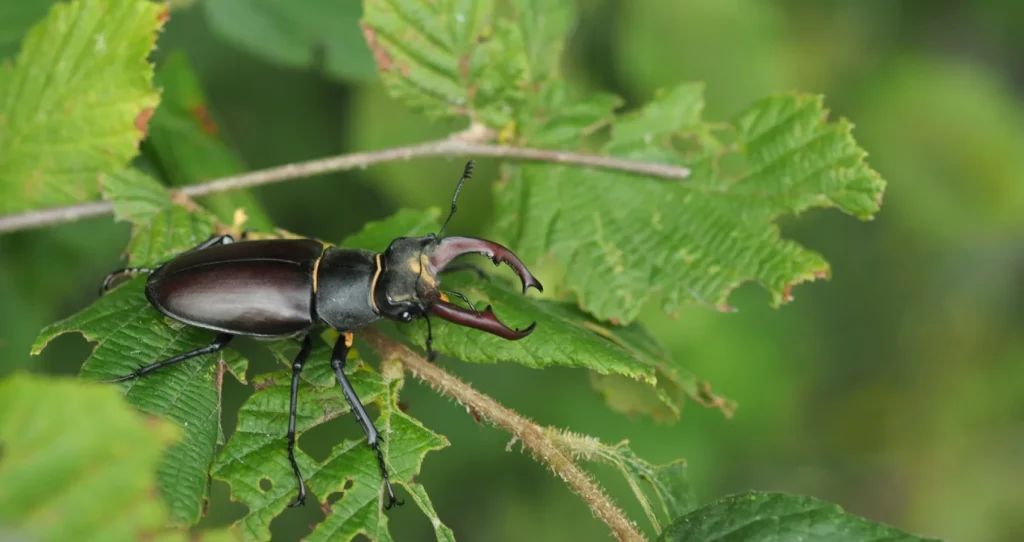
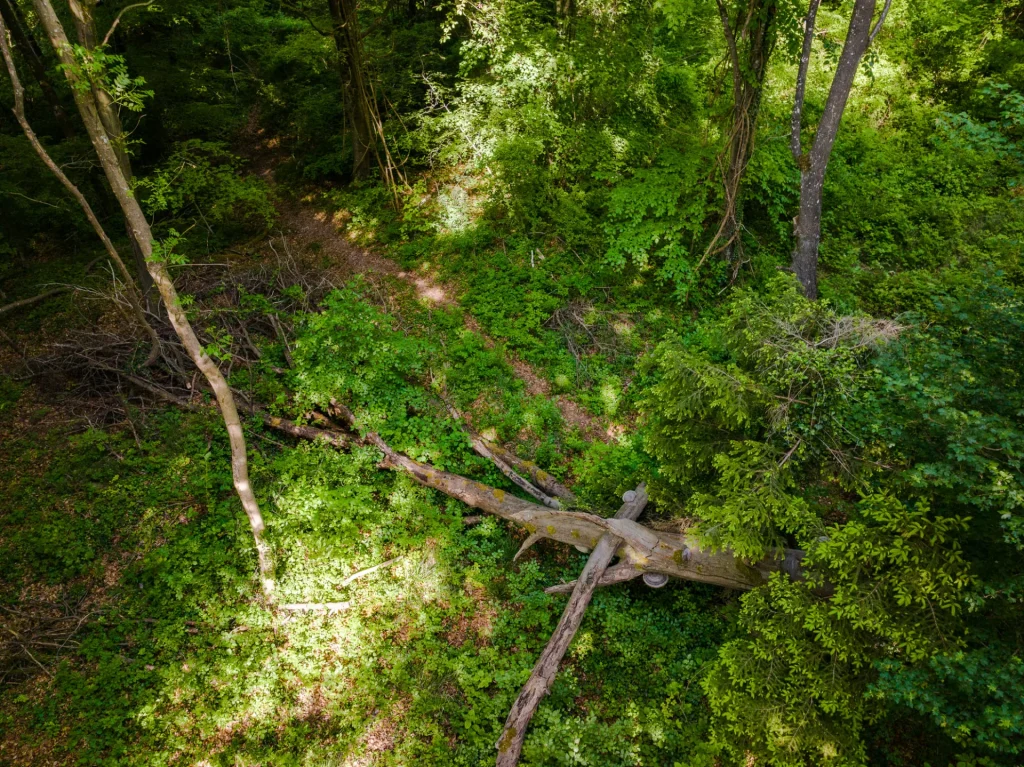
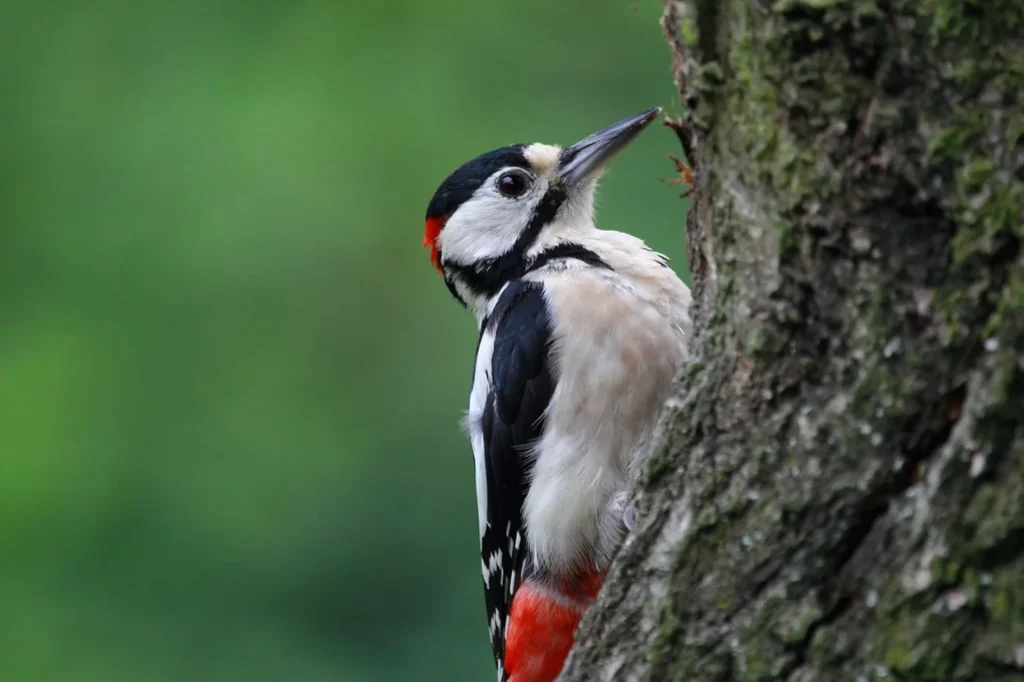
The Park strives to maintain and restore the green network. For example, the Park works to the preservation of habitats and forest species dependent on dead or senescent wood, via the development of the “old wood” frame. Indeed, forests are multifunctional spaces: if they allow local production of wood and reception of the public, they are above all essential reservoirs of biodiversity. This is closely linked to the presence of dead wood on the ground and standing, and dendromicrohabitats (holes, growths, etc.) which form on these aging trees.
Always at the heart of the green network, forest edges and hedges are taken into account in particular in development projects and management or cutting works. For what ? Because they constitute ecological corridors essential for the movement of small to large wildlife: amphibians, mammals, reptiles, birds or even large ungulates. Every year, the Park launches calls for projects for planting rural hedges to support them. It also supports landowners in restoration and preservation of forest edges. Furthermore, it provides valuable advice to the general public: if you have not yet downloaded our guide to creating and maintaining hedges , or the one for the edges , it is time !
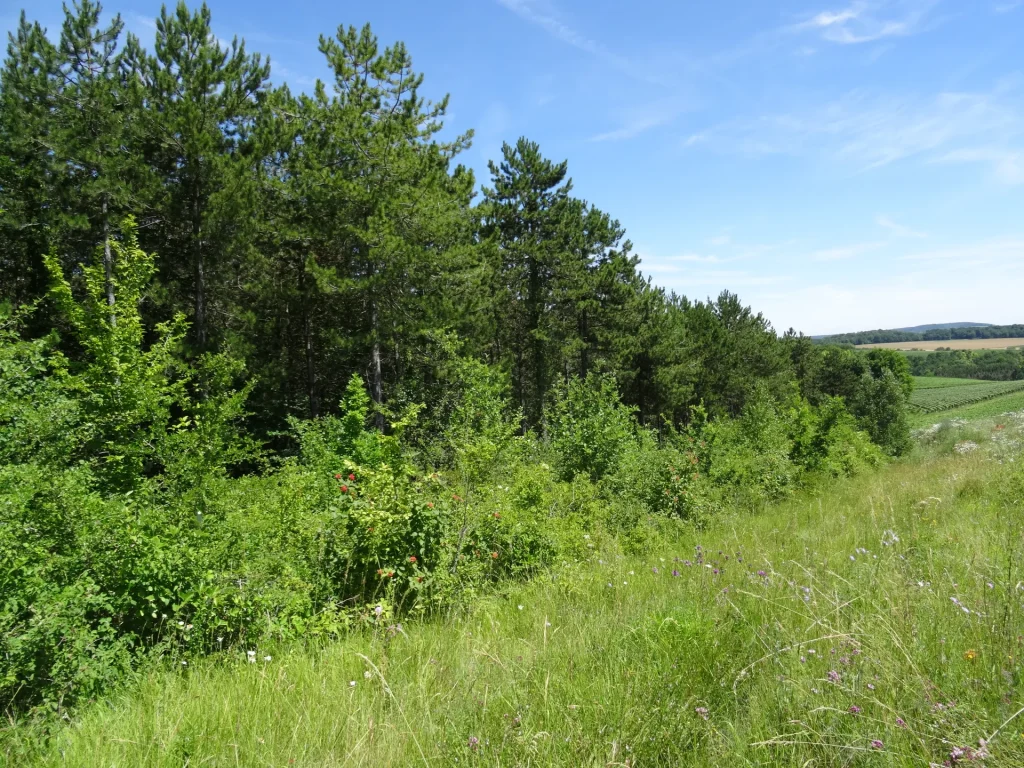
Another link in the green network: open environments (meadows, dry lawns, etc.), which form subframes essential for the maintenance of herbaceous plant species. Without intervention, these rare and remarkable habitats naturally tend to close. To preserve them, maintenance sites are carried out every year in Montagne de Reims, whether by associations or during general public events. For example, want to know more about limestone scree and dry lawns? Download our brochure !
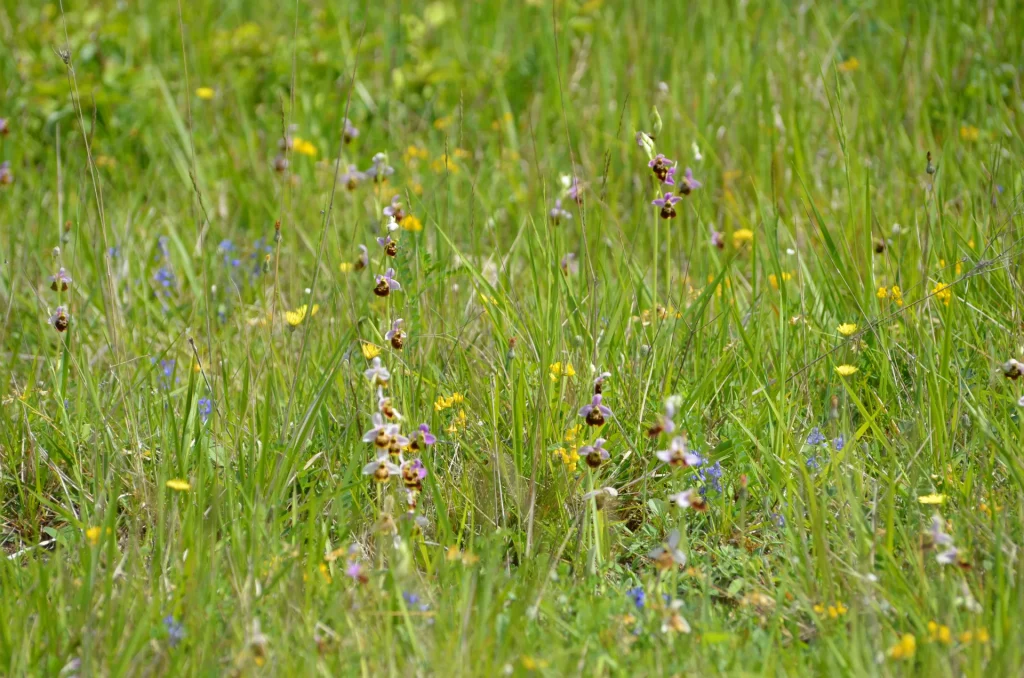
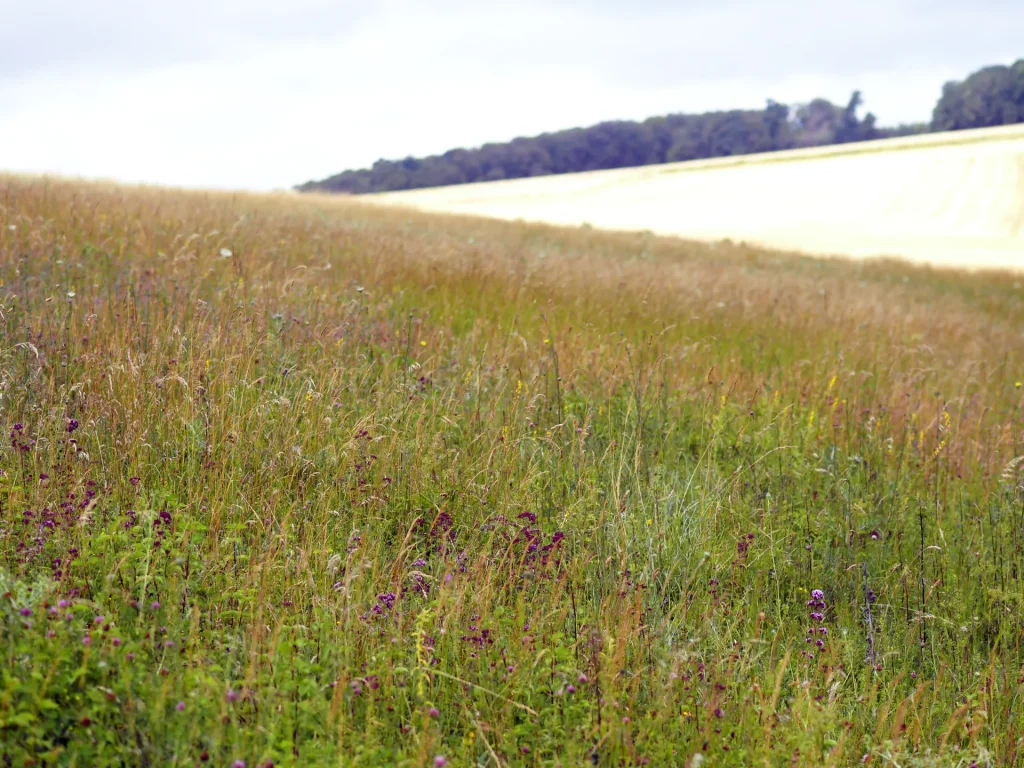
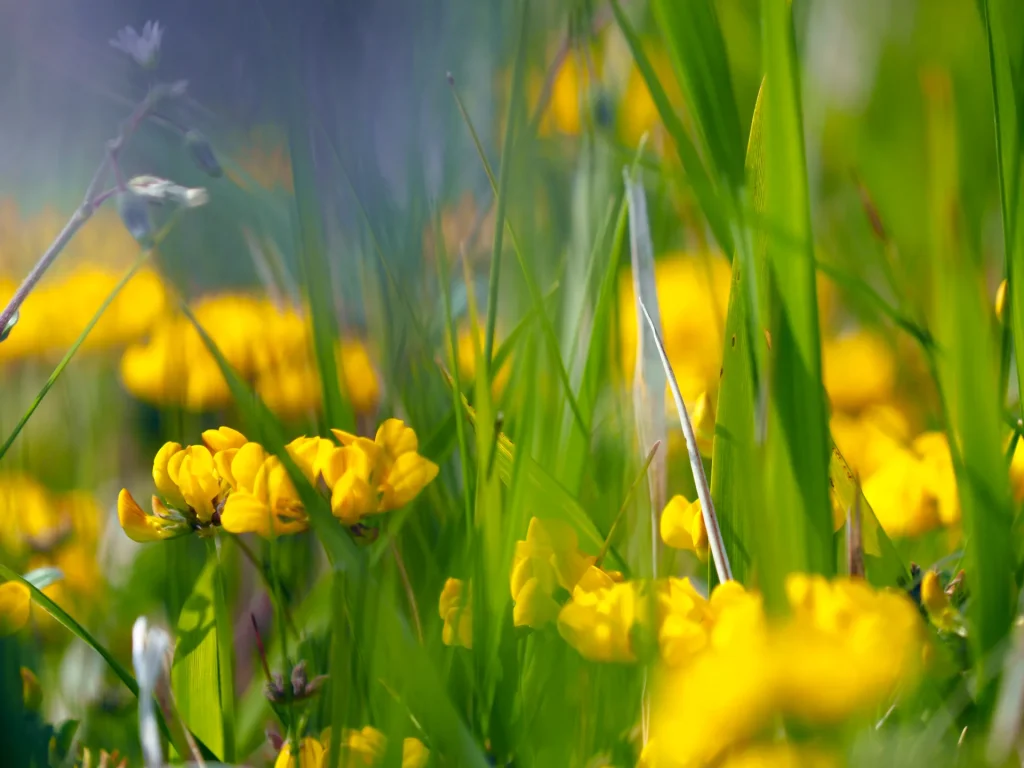
The blue frame
To preserve and strengthen the blue network, the Park strives to protect wetlands, watercourses and animal and plant species which are associated with it. In this process, the ponds were identified and mapped, forming the “mare” frame. So that the species that depend on it can move from one pond to another, creation, restoration and maintenance work is carried out on the territory.
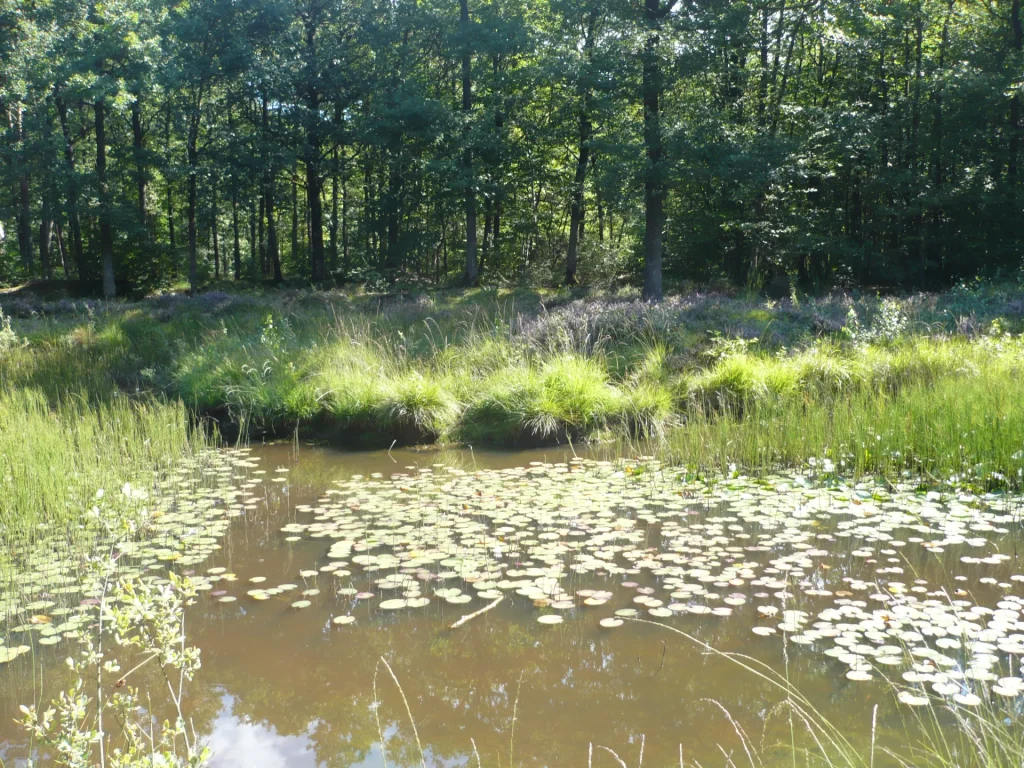
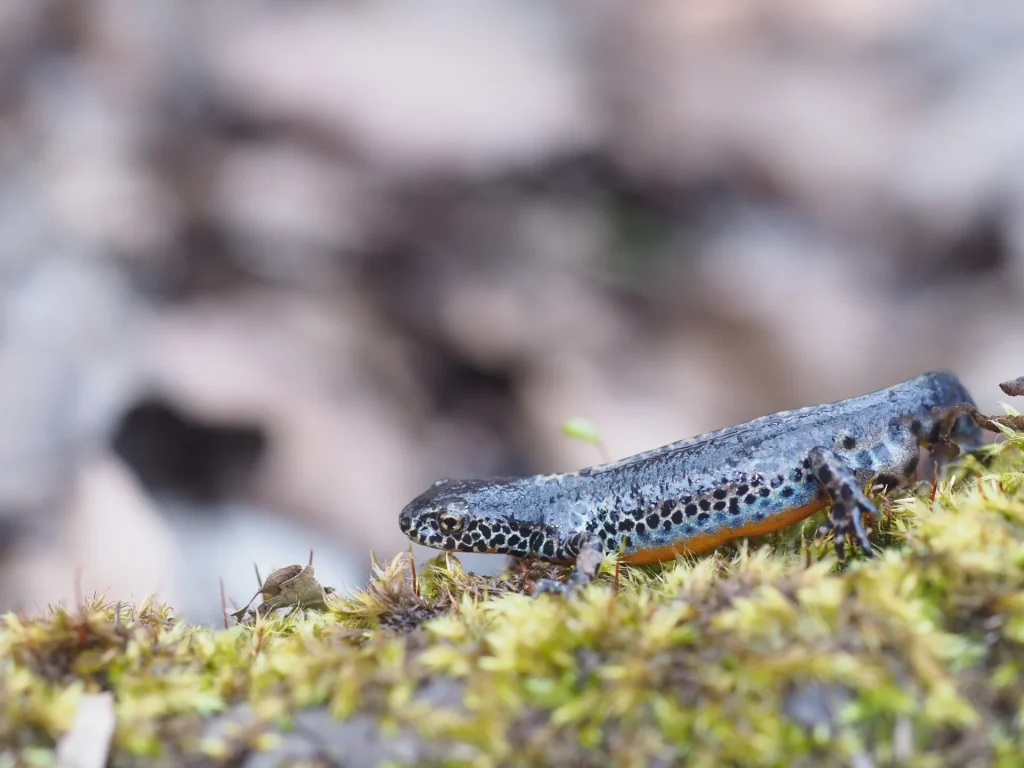
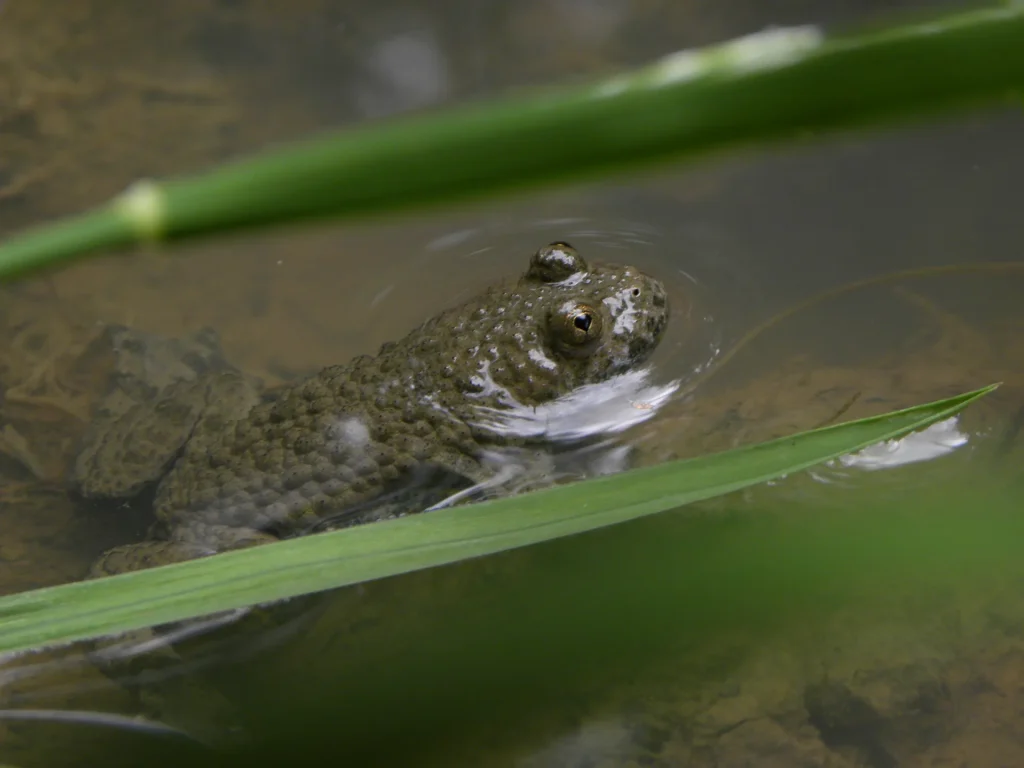
Invasive Exotic Species, an issue in all plots!
General public, municipalities, project leaders... The Park raises awareness among all stakeholders of the presence ofInvasive Alien Species (EEA) and their harmful consequences. Whether animal or plant, IAS weigh heavily on natural habitats already weakened by their artificialization. Certain species also have health implications, such as Hogweed which can cause significant burns after simple contact with the skin. Some species are already well established in our territory: the Raccoon, the Asian Knotweeds or the Spanish Sainfoin.
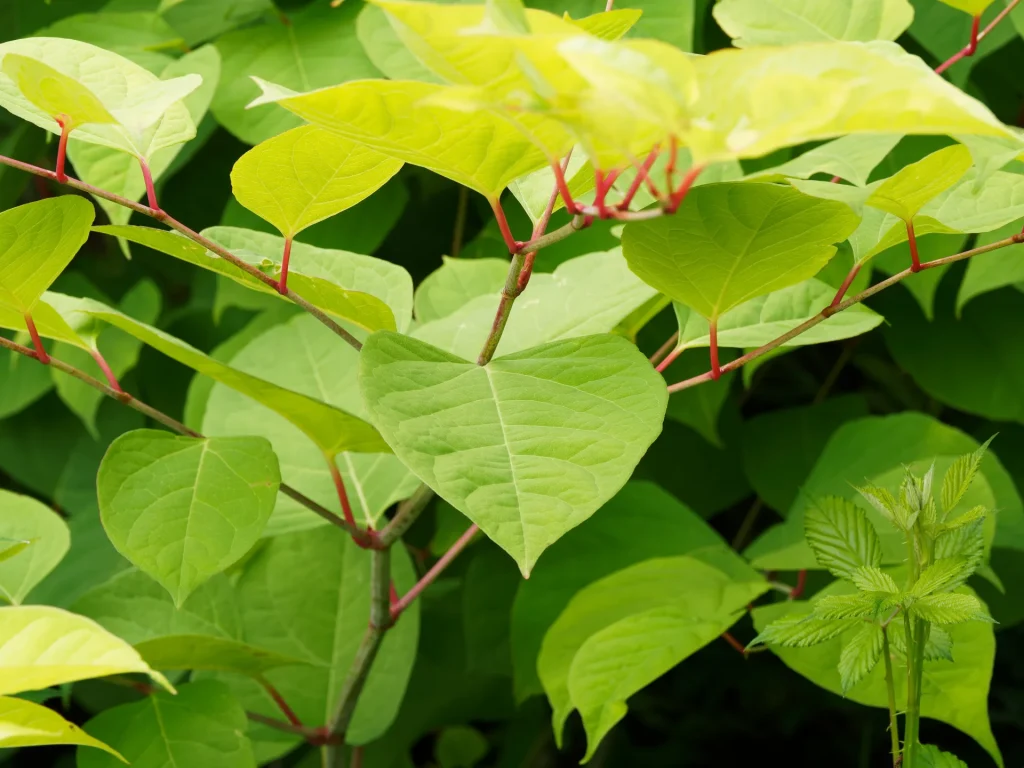
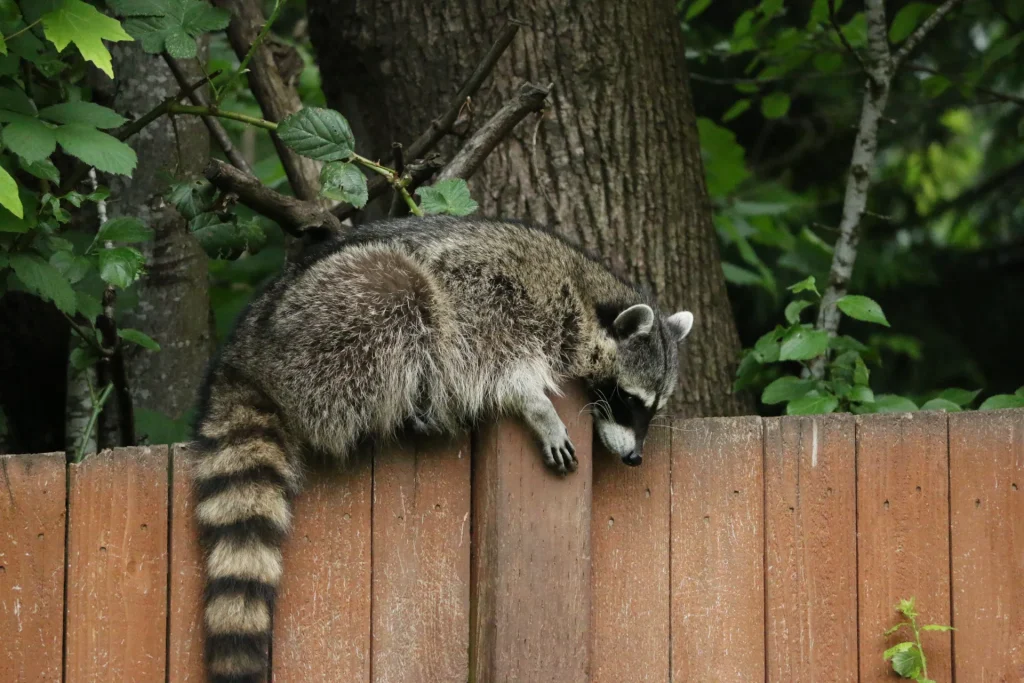
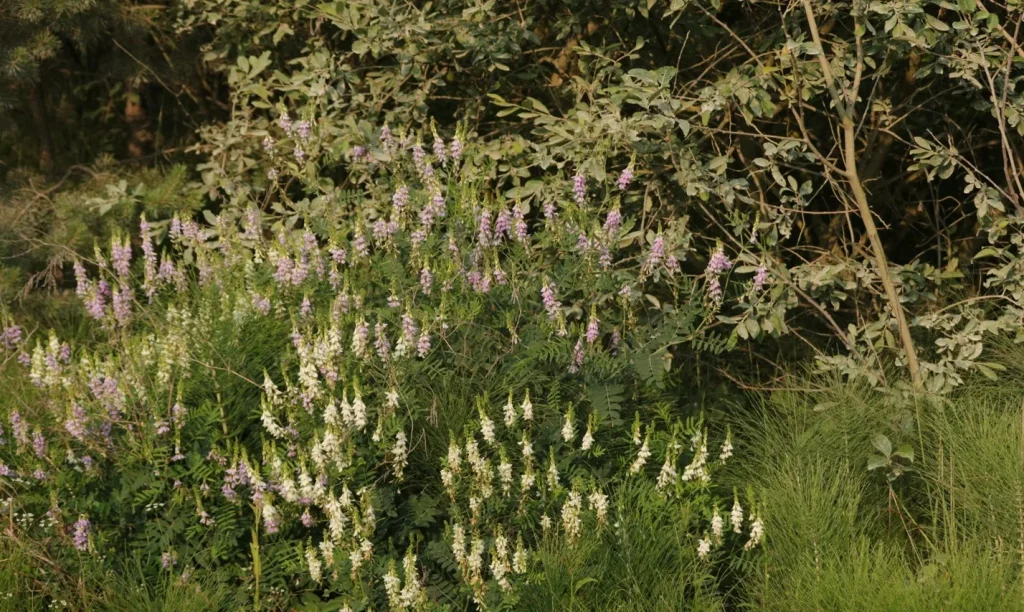
Before acting on these species, take the time to educate yourself. Certain actions could be dangerous for you or worsen the invasive nature of the plant in question! Do not hesitate to contact Alexandra Pinelle, our Green and Blue Frame study manager.
The engineering and actions within the framework of the Green and Blue Network Action Program 2023-2025 are co-financed by the European Union via the FEDER program (246€), the state (€105), the Great East Region (21€) and the Department of Marne (21€)
Total cost of the project: €410


